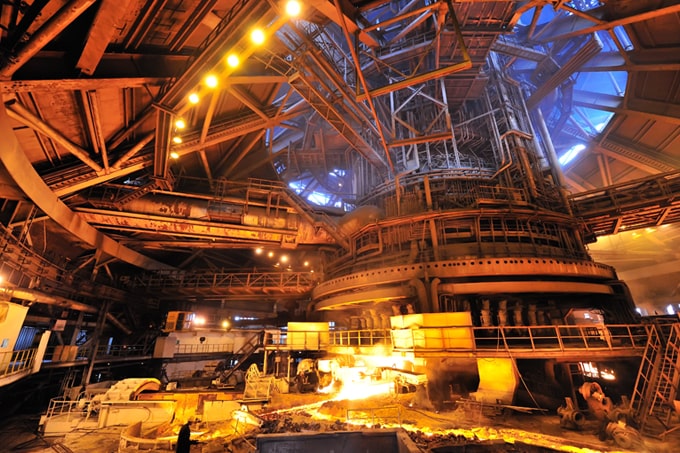
Condition Based Monitoring of Tuyeres in Blast Furnace
The risk of hot gas leaking from tuyeres in a blast furnace is a significant concern in the steelmaking industry. Tuyeres are the nozzles through which air or oxygen-enriched air is injected into the blast furnace to facilitate the combustion of coke and production of molten iron. Here are some factors contributing to the risk:
- High Temperatures: Blast furnaces operate at extremely high temperatures, typically ranging from 900°C to 1500°C. At such temperatures, the materials used in constructing the tuyeres and their connections must be able to withstand thermal stress without deforming or failing.
- Pressure: The blast furnace operates under pressure to maintain the desired flow of gases and materials. Any weakness in the tuyere assembly can lead to gas leakage under pressure, posing safety hazards and potentially disrupting the smelting process.
- Corrosion: The environment within a blast furnace is highly corrosive due to the presence of hot gases and molten materials. Over time, this corrosion can weaken the tuyere structure, increasing the likelihood of gas leaks.
- Maintenance Issues: Proper maintenance of tuyeres is crucial to ensure their integrity and prevent leaks. Failure to inspect and maintain tuyeres regularly can result in undetected defects that may lead to gas leakage.
- Material Quality: The quality of materials used in tuyere construction is paramount. Inferior materials may degrade quickly under the harsh conditions of a blast furnace, increasing the risk of gas leaks.
- Design and Installation: The design and installation of tuyeres must account for thermal expansion, pressure fluctuations, and other operational factors to minimize the risk of leakage.
To mitigate the risk of hot gas leaking from tuyeres, steelmaking companies employ various strategies, including rigorous inspection and maintenance programs and monitoring operational parameters closely for any signs of abnormalities.
Thermal imaging of tuyeres in blast furnaces is a valuable technique used for monitoring and optimizing the performance of the furnace.
- Temperature Monitoring: Thermal imaging cameras can capture infrared radiation emitted by the tuyeres, providing real-time temperature data. Monitoring tuyere temperatures is crucial for ensuring efficient combustion and iron production. Deviations from normal temperature ranges can indicate issues such as blockages, uneven airflow distribution, or refractory damage.
- Uniformity of Heat Distribution: Thermal imaging allows operators to assess the uniformity of heat distribution around the tuyeres. An even distribution of heat ensures consistent melting of materials inside the furnace, optimizing production efficiency and product quality.
- Early Detection of Anomalies: Thermal imaging enables early detection of anomalies such as hot spots, which may indicate refractory wear, blockages, or uneven gas flow. Early detection allows for proactive maintenance measures to be taken before more severe issues arise, minimizing downtime and preventing costly repairs.
- Optimization of Air/Oxygen Injection: By visualizing the temperature distribution around the tuyeres, thermal imaging helps operators optimize the injection of air or oxygen into the furnace. Adjusting airflow rates and distribution based on thermal imaging data can improve combustion efficiency, reduce fuel consumption, and enhance furnace performance.
- Safety Monitoring: Monitoring tuyere temperatures with thermal imaging helps ensure the safety of furnace operations by detecting overheating or abnormal conditions that could pose a risk to personnel or equipment. Prompt identification of potential safety hazards allows for timely intervention to mitigate risks and prevent accidents.
- Data Logging and Analysis: Thermal imaging systems can be integrated with data logging and analysis software to record temperature trends over time and analyze historical data. This enables operators to identify patterns, track performance indicators, and make informed decisions to optimize furnace operation and maintenance schedules.
Thermal imaging of tuyeres in blast furnaces provides valuable insights into furnace performance, enabling operators to maintain efficient and safe operation while minimizing downtime and maximizing productivity.
Manglam Electricals, offers best infrared temperature solutions from Optris Gmbh. Contact our Technical Engineers today to discover how our thermal imaging solutions can benefit your workflow.




Leave a Reply